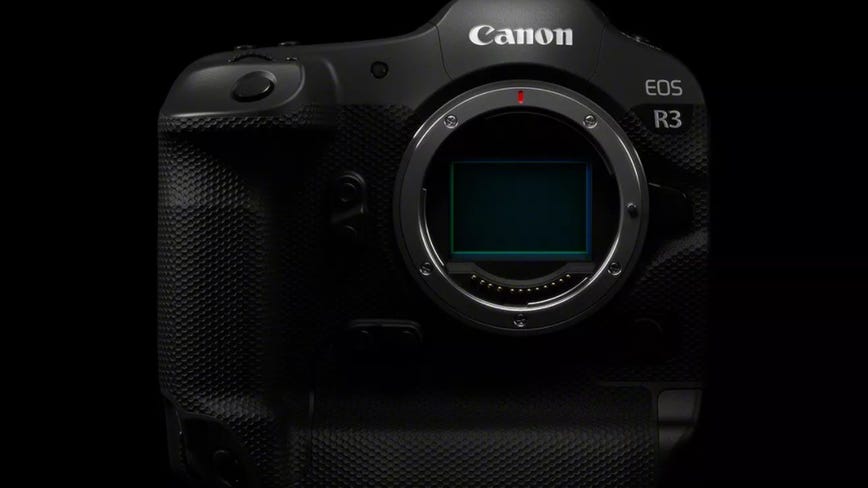Canon plans no new flagship DSLR models as mirrorless cameras take over

Mirrorless cameras like Canon’s R3 are the future of higher-end photography.
Canon
Canon’s EOS-1D X Mark III will be the Japanese company’s last top-end DSLR as Canon moves its product line toward mirrorless cameras. That’s the word from Chairman and Chief Executive Fujio Mitarai in a Tuesday interview in the Japanese newspaper Yomiuri Shimbun and confirmed by Canon.
Mirrorless cameras are the future, at least for those of us who want more image quality and lens flexibility than smartphones offer. The shift toward mirrorless cameras is accelerating, Mitarai said.
Although Canon’s move may not be surprising, it’s a significant moment in a technology transition that takes cameras another step away from the days of film.
Canon cemented its film-era clout with its EOS line of single-lens reflex (SLR) cameras, which use a “reflex” mirror to bounce light into the viewfinder when composing a photo. The mirror swings out of the way when it’s time to expose the film, or in the digital era, an image sensor chip.
Ditching DSLRs
- The DSLR is fading away. Now what?
- Sony ditches DSLRs, moving the camera industry beyond film-era designs
- Canon EOS R5’s 8K video is superb, but R6 is the choice for photographers
But led by Sony and other Canon competitors, the camera industry is moving to mirrorless designs like Canon’s new EOS R3. Here, light constantly illuminates the image sensor, and you compose the shot either with an electronic viewfinder or with the display on the back of the camera. Mirrorless models offer advantages in size, simplicity, quietness, shutter speed and autofocus, though they struggle to match DSLRs’ long battery life.
Earlier in 2021, Sony ditched DSLRs and moved its manufacturing to an all-mirrorless product line. Canon and its longtime rival Nikon were later to switch to mirrorless models, but now have strong products and a growing family of compatible lenses.
Canon isn’t going as far as Sony. It’ll stop making flagship DSLRs in a few years, Mitarai said. But it’s continuing to develop and make lower-end DSLRs, where demand persists.